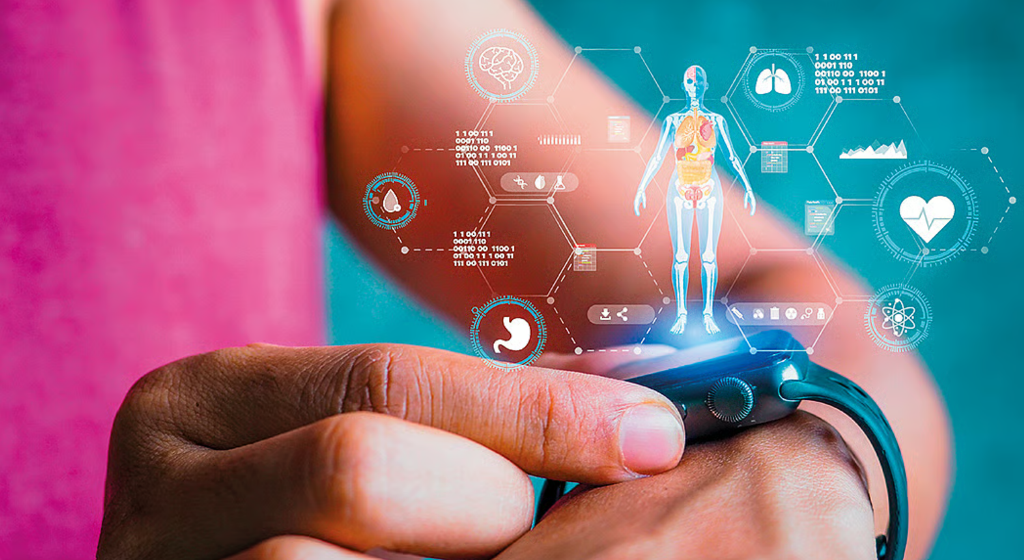A seamless and integrated digital experience is essential for consumers to maximise the potential of smart wearable health and wellbeing devices, according to new researchconducted by Cisco globally.
The research was carried out by Cisco AppDynamics, exploring consumer attitudes and behaviours in relation to wearable technology.
It discovered that 85% of people around the world believe wearable technology now has the potential to positively transform both their own personal health and public health services as a whole.
37% of people currently use at least one wearable technology device and as many as 73% plans to increase their use of wearable technologies and associated applications over the next 12 months.
Thus, wearable technology has reached a defining moment in its evolution, moving from the early adopter stage through to mass adoption.
The pace of innovation in wearable healthcare products is high, and users have clear preferences for what they want their devices to do.
There are over 350,000 digital health applications currently available to consumers, with 47% focused on managing specific health conditions.
No matter how sleek and innovative the device, it’s the ability to get real-time access to trusted health and fitness data that shapes people’s views on the usefulness and impact of wearable technology.
Meanwhile, 86% of consumers believe that having reliable, real-time access to health data and accuracy of this data is critical to a good user experience.
The findings of the Cisco AppDynamics research are clear. Wearable technology brands must be able to deliver a seamless and reliable digital experience to consumers at all times.
Alarmingly, 56% of people claim that a bad digital experience with one wearable device or application would put them off trying other health or wellbeing wearable technology.
Whether it’s slow or unresponsive applications, data privacy and security issues, sign-in and password problems or difficulties with downloading and installing applications, consumers simply won’t tolerate sub-par experiences.
To avoid this, manufacturers and app developers should adopt the latest tools to manage and optimize performance and availability across a complex IT environment.
This means ensuring their technologists have access to a single, unified view of IT performance, right across the IT estate — what’s called full-stack observability.
Furthermore, these wearable technologies must be able to connect to this IT performance data with real-time business metrics, to quickly identify issues that may harm the end-user digital experience.






Comments 2